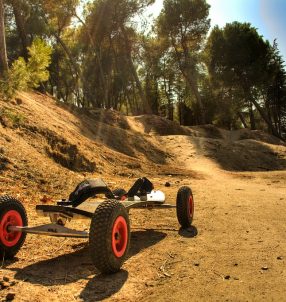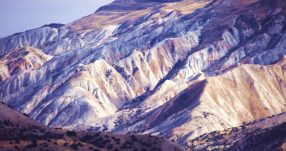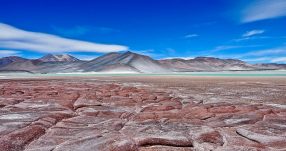Climbing to the highest point on earth is as alluring to many people as it is dangerous. Yet, no matter how many stories we hear about the perils of climbing to the summit of Mount Everest there are still, of course, those willing to take the risks, summon the bravery, fork out the cash and set off on the challenge – and adventure – of a lifetime!
While once Everest was the domain of professional mountaineers and explorers, since the early 1990s many tour groups have helped amateur climbers stand atop the world. This, of course, makes the summit somewhat more accessible – but no less dangerous.
Photo Credit: Rupert Taylor-Price.
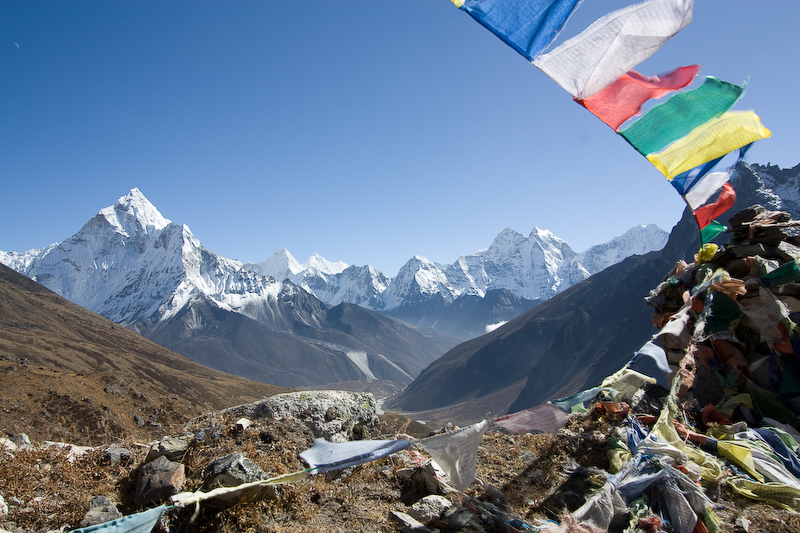
Despite the aid of guides and Sherpa, the recently released movie “Everest” and the April 2015 earthquakes in Nepal are recent reminders of the inherent dangers. Nonetheless, if you think you have the experience and the grit to climb this formidable mountain, or you’re just curious about what’s involved we’ve collated some general information.
Everest’s peak stands at 8850 meters above sea level, and at this altitude the conditions are some of the most gruelling on earth. The air thins and there’s only about a third of the oxygen available. Hundreds have died trying to get to the summit – or on the journey back down. The ‘Goddess of the Sky’ really tests the limits of the human body, as well as the endurance and experience of the men and women who attempt her.
The risks are huge: avalanches, storms that catch people on the side of the mountain, slips and falls down deep cravasses or simply over the edge of a cliff, hypothermia and frostbite are all killers. The lack of oxygen at this extreme altitude results is at the literal edge of what humans can withstand, which is why the section above 8000 metres is referred to as the “Death Zone”. In addition to disorientation and nausea, two of the main health concerns at this altitude are HACE (swelling of the brain) and HAPE (fluid on the lungs).
Guided Tours
Located on the border of Nepal and Tibet in the Himalayas there are many different routes up Everest, but the two most popular are the South Col Route and the North Ridge Route.
Guided tours can help paying customers (sometimes with mixed levels of climbing experience) up the mountain. Of course, these tours offer no guarantee you will get to the summit – and, crucially, back down – but they will provide support services and guidance.
Costs of these tours are well over 60,000 US dollars per person, and end up costing tens of thousands more once you add flights, gear and insurance. There are many tour companies that arrange summit trips including Alpine Ascents, Adventure Consultants and Mountain Madness.
Tell Me More
The weather on Everest is a large part of the challenge. Temperatures well below zero, violent storms and the jet stream that pummels the peak with hurricane-force winds much of the year. The climbing season is typically in April and May to take advantage of better weather, although as we saw in the “Everest” movie, things can go horribly wrong even during months with favorable conditions.
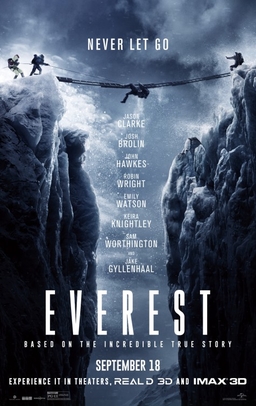
Poster of the movie Everest.
Taking into account the on-location preparation required, you’ll need about two to three months set aside. This “training” phase will see you trek to Base Camp and from there ascend and descent to different altitudes to get your body acclimatized and ready for the final summit push.
Of course before you even arrive in Nepal or Tibet, you’ll probably have spent years climbing mountains at high altitude and specifically preparing for Everest (including ice climbing and perfecting your cramponing skills). Check out this training schedule to get an idea.
It’s not all hard work. Part of the pre-departure prep includes shopping – and lots of it. You’ll need a pretty big assortment of items…let’s just say ‘ice axe’ and you get the idea. Check out this list for more.
Once you’re on location, there are five different camps along the way that climbers can stop and rest at during the acclimatization and climbing phases.
From the south-side the next step after Base Camp is to climb the Khumbu Icefall, with its shifting and melting ice this is extremely dangerous and ropes and ladders-cum-bridges are used to assist. From here there’s the Wester Cwm, where incredibly it’s the heat as the sun reflects off the ice is a main issue. Then there’s Lhotse Face to overcome, before stopping at Camp 4 or South Col ahead of the last push up the mountain through Hillary’s Step in the Death Zone.
Many mountaineers say the level of difficulty of the climb itself is not the issue; it’s more the lack of oxygen and the related medical problems, impaired judgement and slowed reflexes, added to general exhaustion that make Everest an extraordinary challenge. Many take supplementary oxygen in tanks to assist.
If you make it to the summit (huge congratulations!), most spend about an hour taking photos, perhaps saying prayers, enjoying the view or simply resting. But of course, the other half of the challenge still to come: getting down. Alive.
After weeks of acclimatization, in the end it takes about four days to climb Everest from Base Camp.
Everest Base Camp(s)
For those of us with more modest ambitions, it could also be worth considering doing the trek to one of two Everest Base Camps instead. There are two “Base Camps” one on either side of Everest and many tour groups arrange this trip, including this one, this one and this one. This is a demanding hike but doable for the average (really) fit person.
Ascending from the south in Nepal, Base Camp stands at 5364 meters above sea level, while the northern Base Camp in Tibet is at 5150 meters. The South Base Camp in Nepal is one of the most popular trekking trips in the Himalayas, so if you’ve ever want to cast your eyes on the majestic Everest then this could be the best option for you.
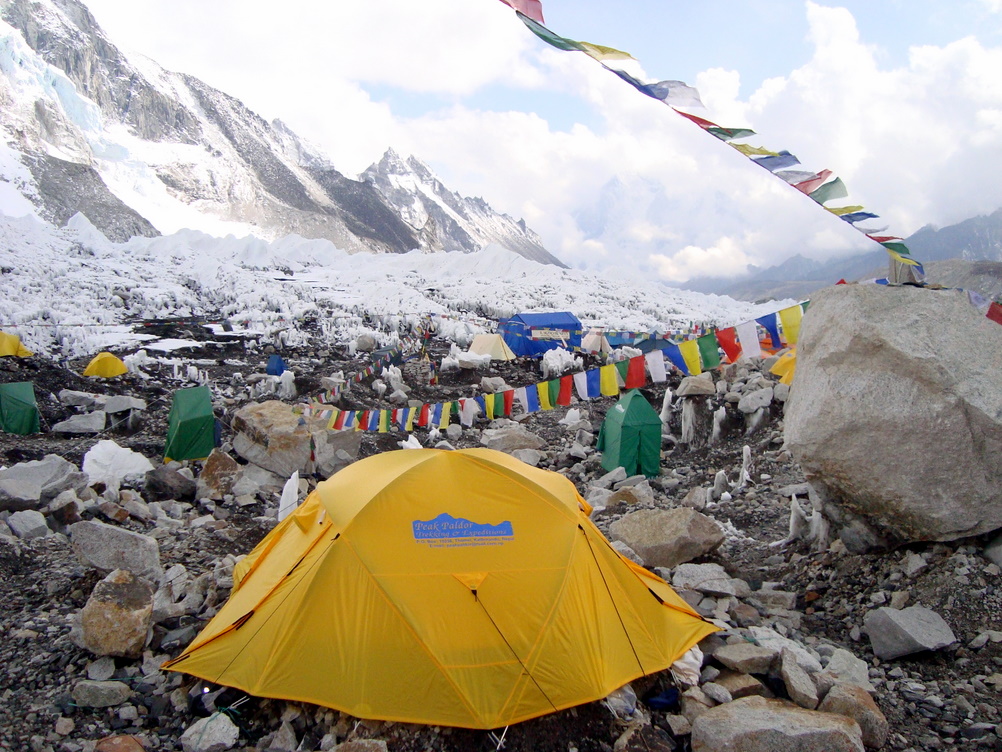
Seven Summits
But for those wanting to push the limits even beyond Everest, you could always try the Seven Summits – climbing the highest peaks of the seven continents. Here is part I and part II of our guide!
In adventure travel news, n innovative new natural desert reserve spanning 10 percent of the total area of Dubai has been launched in the UAE. The Marmoon Desert Reserve Project is set to be the site of several ecotourism projects and conservation efforts contributing to the protection and nurturing of the environment,…
Hot Topics
In adventure travel news, n innovative new natural desert reserve spanning 10 percent of the total area of Dubai has been launched in the UAE. The Marmoon Desert Reserve Project is…



